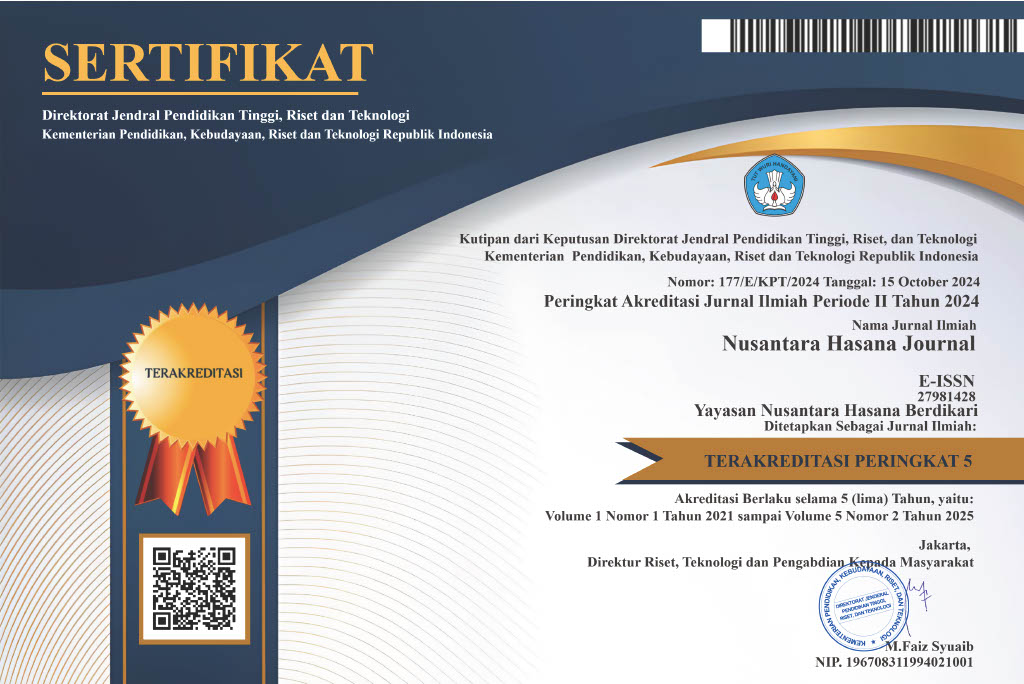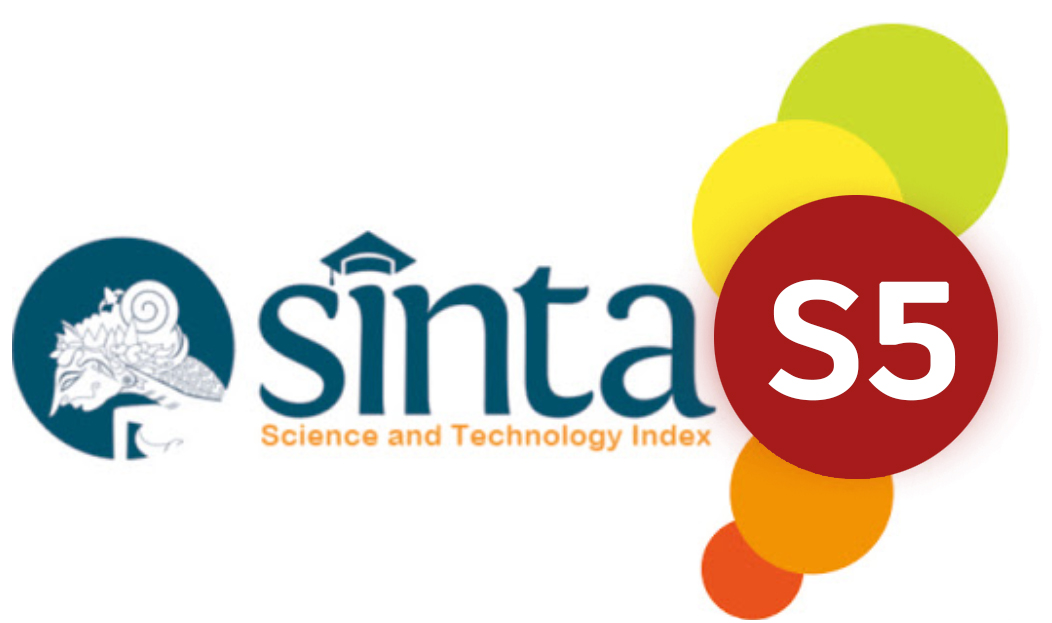KAJIAN PREFERENSI KONSUMEN TERHADAP BEBERAPA JENIS VARIETAS SORGUM MELALUI UJI ORGANOLEPTIK
DOI:
https://doi.org/10.59003/nhj.v5i2.1549Keywords:
Consumer preferences, food diversification, Sorghum, organolepticAbstract
High dependence on rice as the main food source has led to food insecurity in Indonesia. Sorghum (Sorghum bicolor L. Moench) has the potential as an alternative food source rich in nutrients (protein, fat, carbohydrates) to reduce dependence on rice. This research aims to determine the sensory characteristics of sorghum and reveal consumer preferences for various types of sorghum varieties. The research method used is descriptive involving organoleptic tests and consumer preference tests using hedonic rating and hedonic ranking methods. The results of this study revealed that various sorghum varieties showed significant differences in sensory characteristics, especially in the parameters of taste, aroma, texture and appearance. Consumer preferences for sorghum varieties show variations, with some varieties showing more desirable yields. This research concludes that sorghum has potential as an alternative staple food that needs to continue to be developed further, taking into account the sensory characteristics preferred by consumers.
Downloads
References
Adistya, R. (2006). Kajian Nasi Sorghum Sebagai Pangan Fungsional. Institut Pertanian Bogor.
Ariefin, M. N., Rizki Adiputra Taopan, Nella Angelina Simanjuntak, Devi Liana, Tri Astuti, & Defiyanto Djami Adi. (2023). Uji adaptasi pertumbuhan beberapa varietas sorgum di lahan pasir pantai Desa Dampek, Kabupaten Manggarai Timur, Nusa Tenggara Timur. Agrivet : Jurnal Ilmu-Ilmu Pertanian Dan Peternakan (Journal of Agricultural Sciences and Veteriner), 11(2), 232–239. https://doi.org/10.31949/agrivet.v11i2.6334
Dewi Elvira Sari, Y. M. (2017). Potensi pengembangan sorgum sebagai pangan alternatif. Jurnal Agroteknologi, 7(2), 27–32.
Fauziyah, A., Marliyati, S. A., & Kustiyah, L. (2017). Substitusi Tepung Kacang Merah Meningkatkan Kandungan Gizi, Serat Pangan Dan Kapasitas Antioksidan Beras Analog Sorgum. Jurnal Gizi Dan Pangan, 12(2), 147–152. https://doi.org/10.25182/jgp.2017.12.2.147-152
Rachman, A. B., Wahab Thomas, A., Tamu, Y., Mulyati, Y., Pangan, J. T., Pertanian, F., Gorontalo, U. N., Komunikasi, J. I., Sosial, I., Ekonomi, J. I., Ekonomi, F., & Bisnis, D. (2023). Sosialisasi Budidaya Sorgum Dengan Berbagai Varietas Berbeda Sebagai Dasar Penguatan Desa Agroindustri Pangan Di Desa Banuroja, Randangan, Pohuwato, Gorontalo. Jurnal Pengabdian Masyarakat Teknologi Pertanian, 2(2), 261–266.
Rahmawati, S., Aji, A. S., Saloko, S., Aprilia, V., Djidin, R. T. S., Sailendra, N. V., & Khoirunnisah, F. M. (2024). Analysis of Phytic Acid and Tannin Content of Local Food-Based Analogue Rice as an Alternative Functional Food. Amerta Nutrition, 8(3), 344–349. https://doi.org/10.20473/amnt.v8i3.2024.344-349
Sailendra, N. V., Aji, A. S., Saloko, S., Aprilia, V., Djidin, R. T. S., Rahmawati, S., & Khoirunnisah, F. M. (2024). The Effect of Rice Cooking Techniques on the Sensory Evaluation Test and Fluffiness Levels of Analog Rice Made from Sorghum, Mocaf, Glucomannan, and Moringa Flour. Amerta Nutrition, 8(3), 356–362. https://doi.org/10.20473/amnt.v8i3.2024.356-362
Salsabiela, A. R., Afgani, C. A., & Dzulfikri, M. A. (2021). The Chemical Physical, And Organoleptic Characteristics Of Sorgum (Sorgum Bicolor (L.) Moench ) and Chasew Based Snack Bars. Food and Agroindustry Journal, 2(2), 41–52.
Umi Barokah, & Daenuri. (2022). Kajian Preferensi Konsumen Terhadap Beberapa Varietas Unggul Baru Padi Sawah Melalui Uji Organoleptik Beras Dan Nasi. Agronu: Jurnal Agroteknologi, 1(01), 11–20. https://doi.org/10.53863/agronu.v1i01.329
Wulandari, W., Tamaroh, S., & Suryani, C. L. (2024). KARAKTERISTIK FISIK, KIMIA, TINGKAT KESUKAAN DAN AKTIVITAS ANTIOKSIDAN BERAS INSTAN SORGUM MERAH. Seminar Nasional Pertanian Fakultas Pertanian Universitas Muhammadiyah Mataram “Pengembangan Sustainable Agrofood Untuk Mewujudkan SDG’s,” 88–101.
Downloads
Published
How to Cite
Issue
Section
License
Copyright (c) 2025 Fifi Nur Janah

This work is licensed under a Creative Commons Attribution-NonCommercial-ShareAlike 4.0 International License.
NHJ is licensed under a Creative Commons Attribution-NonCommercial-ShareAlike 4.0 International License.
Articles in this journal are Open Access articles published under the Creative Commons CC BY-NC-SA License This license permits use, distribution and reproduction in any medium for non-commercial purposes only, provided the original work and source is properly cited.
Any derivative of the original must be distributed under the same license as the original.
























